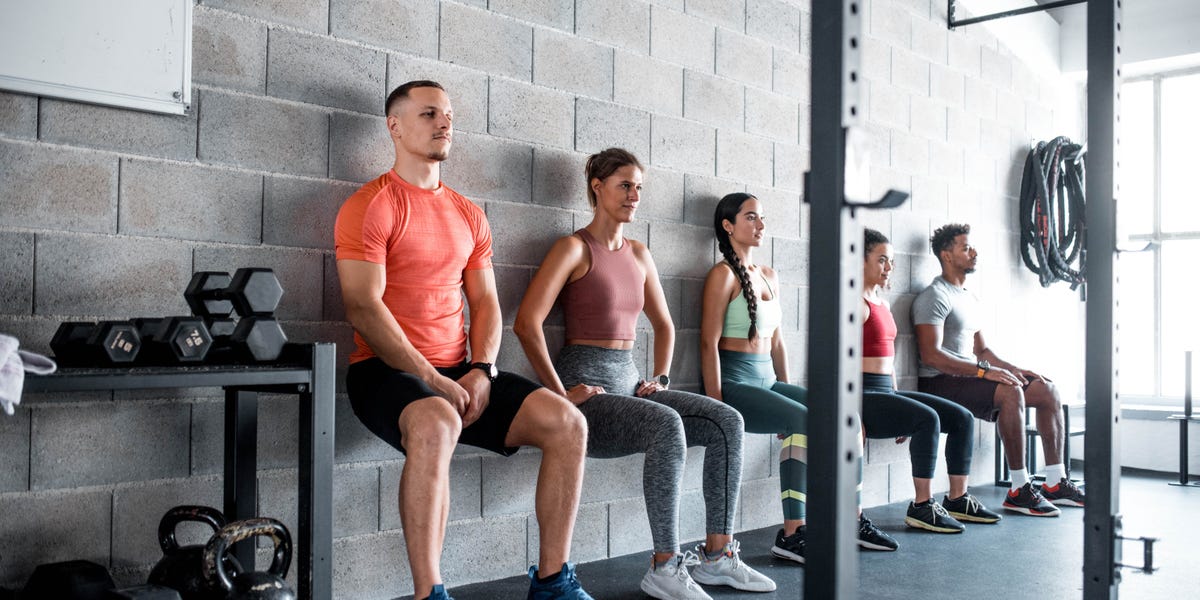Blood
Adding just a few minutes of wall-sits to your workout routine can lower your blood pressure, new research shows
- High blood pressure affects 116 million adults in the United States, and often goes undetected.
- Wall sits could be the most effective exercise to lower blood pressure, new research shows.
- Doctors recommend a 14 minute wall sit routine, three times a week.
Got a wall and a few minutes of spare time? Try a wall-sit! This simple exercise may help lower your blood pressure — and keep it low, according to new research.
Aerobic exercise training like running, swimming and cycling have traditionally been recommended for lowering blood pressure. But it turns out, a simple wall-sit may be even more effective at lowering blood pressure, according to new research published July 25 in the medical journal BMJ.
Researchers looked at 270 studies from 1990 until February 2023, and found that wall sits reaped more benefits when it came to lowering blood pressure than other types of exercise, including aerobic exercise training, strength training, high intensity interval training (HIIT), and walking.
Hypertension is known as the “silent killer”
High blood pressure, also known as hypertension, is when the force of your blood pushing against the walls of your heart is too high. Over time, this can cause damage to your arteries, and lead to serious, potentially life-threatening complications like heart attack or stroke.
Hypertension often doesn’t have any symptoms, which have led health care professionals to dub it the “silent killer.” In the United States, a blood pressure reading above 130 for the top number, or 80 for the bottom number, is considered a blood pressure.
High blood pressure is also very common, in the United States it affects 47% of adults — roughly 116 million people — and contributed to 670,000 deaths in 2020.
Low-impact exercise lowers blood pressure
Wall-sits (also called wall squats) are a type of isometric exercise. Isometric exercises are low-impact exercises that involve contracting muscles for a short period of time without moving.
“Overall, isometric exercise training is the most effective mode in reducing both systolic and diastolic blood pressure,” the authors said in the paper.
One major benefit of these exercises is that they can be done almost anywhere, and require no equipment. Plus, they take very little time.
“You truly only need your body,” Dr. Tamanna Singh, co-director of the Sports Cardiology Center at Cleveland Clinic, told the New York Times. “You don’t even need your shoes.”
To effectively incorporate wall-sits into your routine, Dr. Jamie Edwards, a researcher at Canterbury Christ Church University and study’s lead author, told the New York Times that people should do wall sits for two minutes, followed by a two minutes of rest, repeated four times, for a total of fourteen minutes. Edwards recommends completing this routine four times a week. He also said to make sure that you don’t hold your breath while you complete the routine.
Although wall-sits may be more effective than other types of exercises at lowering blood pressure — especially for those who already have hypertension — Edwards said that you should do wall-sits in combination with your typical workout routine, whether that’s cardio or strength training. Additionally, he recommends talking with your doctor to ensure its safe for you to do isometric exercises.

